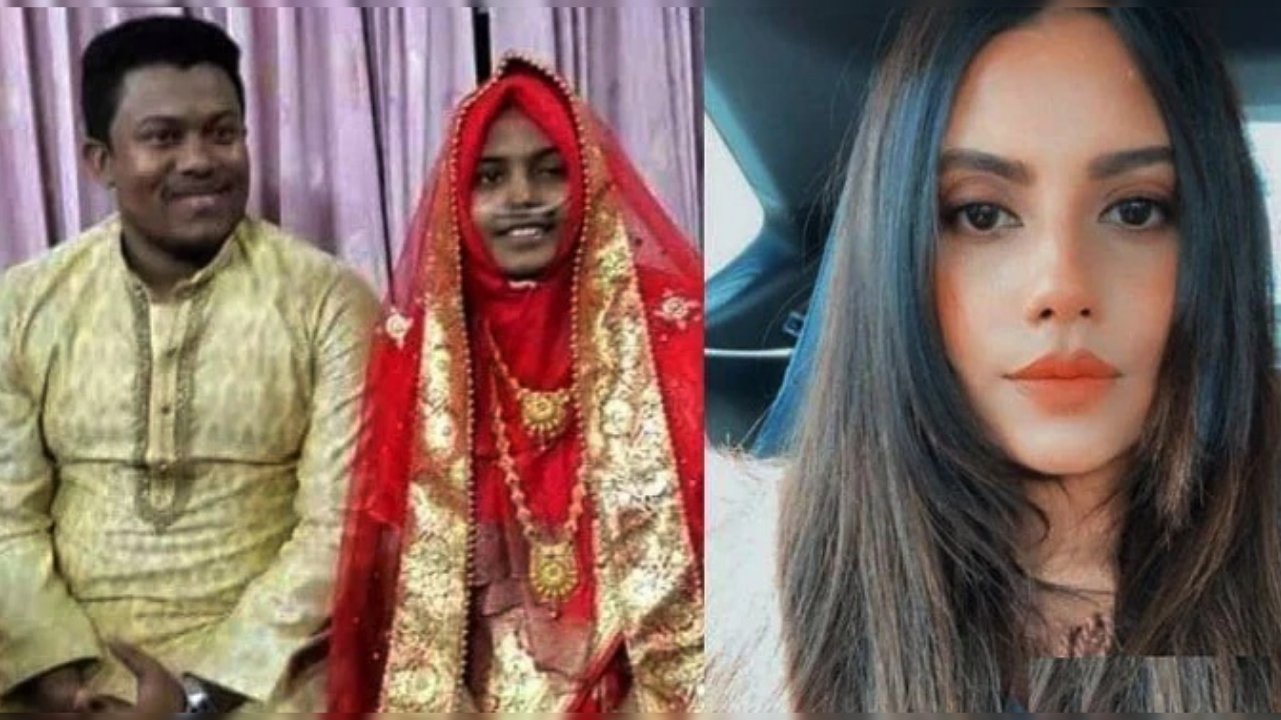Choitro Sankranti: The Grand Farewell to the Bengali Year

Farewell to the Bengali Year: Choitro Sankranti Celebration
Every year, as the month of Choitro comes to an end, Bengali communities across the globe celebrate Choitro Sankranti, a festival that marks the grand farewell to the Bengali calendar year. This is a special day when people bid adieu to the old year, express gratitude, and prepare for the new year with hope and joy. Choitro Sankranti holds significant cultural, social, and religious importance in Bengali culture, serving as a reminder of the timeless customs and vibrant traditions that connect generations.
Understanding Choitro Sankranti
Choitro Sankranti falls on the last day of the month of Choitro, which is the 12th and final month of the Bengali calendar. This day marks the transition from the old year to the new one, an event that is celebrated with great enthusiasm and fervor. In 2025, Choitro Sankranti will be observed on the 14th of April, following the lunar-based Bengali calendar.
The Bengali calendar, which follows a solar-lunar system, is the official calendar used in Bangladesh and the Indian state of West Bengal. The Bengali New Year, also known as Pohela Boishakh, begins on the first day of the month of Boishakh, immediately after Choitro Sankranti.
The Cultural Significance of Choitro Sankranti
Choitro Sankranti is more than just a day of farewells. It has deep cultural significance, rooted in Bengali customs and rituals. The festival symbolizes the passage of time, the cyclical nature of life, and the importance of renewing one’s spirit for the year ahead.
A Celebration of Change
One of the main aspects of Choitro Sankranti is its focus on change and renewal. Just as the old year gives way to the new, the festival encourages people to reflect on the past while embracing the future with open arms. This period of transition is symbolic of the end of one cycle and the beginning of another. It’s a time for people to cleanse themselves of the past year’s mistakes and misfortunes, preparing to start fresh with the new year.
A Day of Family and Togetherness
Choitro Sankranti is a family-oriented celebration. People gather together, often with extended family members, to honor the festival’s significance. The day is filled with traditional Bengali feasts, songs, dances, and rituals, which strengthen the sense of community and belonging. It is a moment for families to come together, celebrate their shared heritage, and look forward to the coming year as a united group.
Traditional Celebrations of Choitro Sankranti
The way Choitro Sankranti is celebrated can vary from one region to another, but there are a few common traditions that are observed across Bengali communities.
Rituals and Pujas
In many households, Choitro Sankranti begins with a special puja (prayer) to honor the Hindu deities. The puja is typically performed at dawn, marking the start of a day filled with religious and cultural observances. Offerings of flowers, fruits, and sweets are made to the gods, and people seek blessings for prosperity, health, and happiness in the coming year.
The rituals often include the lighting of incense, chanting of mantras, and performing specific prayers, all of which are believed to bring spiritual cleansing and good fortune. This spiritual observance is an essential part of Choitro Sankranti and is a way for people to connect with their faith and heritage.
Festive Foods
No Bengali celebration is complete without food, and Choitro Sankranti is no exception. Traditional sweets and dishes are an integral part of the celebrations. A common treat prepared for the occasion is “pithe,” a type of rice cake, which is made in many different forms. Other sweets like “rosogolla” and “mishti doi” (sweetened yogurt) are also served during this time.
In addition to sweets, a variety of savory dishes are prepared for the celebration. The food is shared among friends, neighbors, and relatives, reinforcing the sense of unity and community.
Traditional Clothing
On Choitro Sankranti, people often wear new clothes to signify the start of a new year. Women typically wear sarees, while men may dress in traditional panjabi and pajama. These outfits are often in bright, vibrant colors to reflect the joy and celebration of the occasion.
Bonfires and Kite Flying
In many regions of Bengal, particularly in rural areas, people light bonfires as a symbol of purging the old year and making way for the new. The bonfire represents the triumph of light over darkness, good over evil. Friends and families gather around these bonfires to celebrate together, sing folk songs, and share stories.
Kite flying is another popular activity on Choitro Sankranti, especially in the urban areas of Bengal. People take to the skies with colorful kites, enjoying the playful spirit of the festival. The sight of kites soaring high in the sky is both mesmerizing and symbolic of the freedom and hope that comes with a new beginning.
The Role of Choitro Sankranti in the Bengali Calendar
In the context of the Bengali calendar, Choitro Sankranti holds the unique position of being both the end and the beginning. It is the last day of the previous year, and thus, it carries the weight of reflection. It gives people the opportunity to think about their achievements, challenges, and lessons learned in the past year.
But, more importantly, it sets the stage for the grand celebration of Pohela Boishakh, the first day of the new year. The transition from Choitro to Boishakh is a significant one, marked by joyous celebrations and hopes for a prosperous year ahead. Choitro Sankranti acts as a bridge that connects the old year to the new, making it a day full of both emotional and spiritual significance.
The Modern Relevance of Choitro Sankranti
While Choitro Sankranti has its roots deeply embedded in tradition, it continues to hold relevance in today’s modern world. For many, it is a time for personal reflection, much like New Year’s Eve celebrations in other cultures. People look at the past year, take stock of their lives, and make resolutions for the coming year. However, unlike the typical New Year’s celebrations, Choitro Sankranti also emphasizes the cultural and spiritual aspects of life, encouraging people to connect with their roots and traditions.
Moreover, in today’s world, Choitro Sankranti has become a time for family and friends to reconnect, despite busy schedules. It provides an opportunity for people to slow down, spend quality time with loved ones, and enjoy the simple pleasures of life.
A Time for Renewal and Reflection
Choitro Sankranti is more than just a cultural event. It is a celebration of life, a reflection on the past, and an opportunity to embrace new beginnings. As the last day of the Bengali year, it holds deep significance, both spiritually and socially. It brings people together, strengthens family bonds, and reinforces the cultural values that define Bengali society.
Whether through the rituals, the food, or the joyous celebrations, Choitro Sankranti offers a chance to bid farewell to the old year and look forward to the new one with optimism and hope. It is a grand farewell to the Bengali year, a day that reminds us of the beauty of tradition, the passage of time, and the endless possibilities that lie ahead.
With its rich cultural significance, Choitro Sankranti will continue to be an essential part of Bengali life, celebrated by generations to come. As we say goodbye to the old and welcome the new, Choitro Sankranti remains a vibrant, colorful, and meaningful festival that encapsulates the spirit of renewal and togetherness.
To learn more about the vibrant celebration of the Bengali New Year, check out our previous article on Pohela Boishakh: The Festival of All Bengalis.







